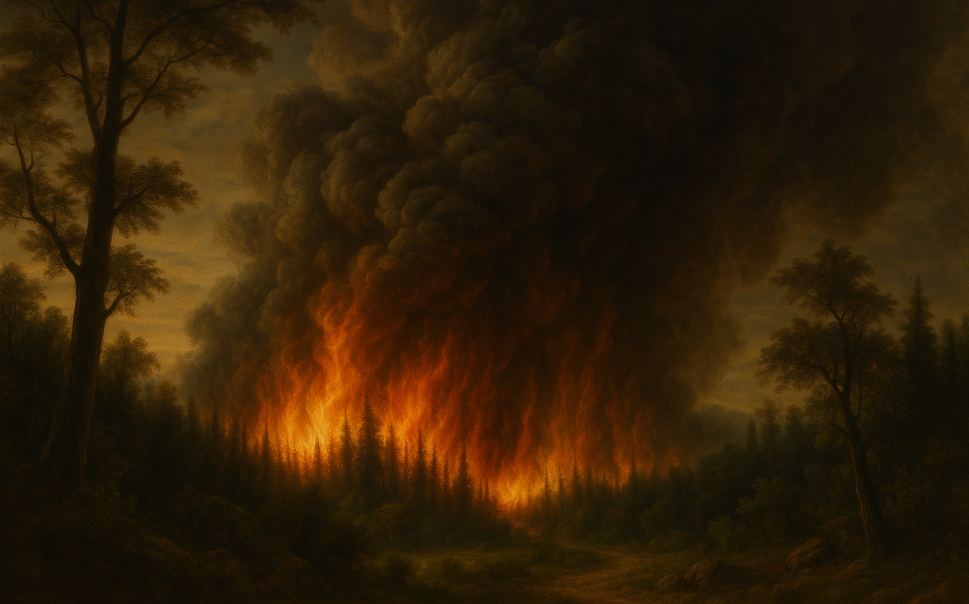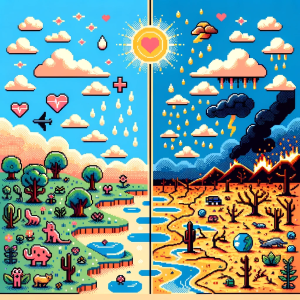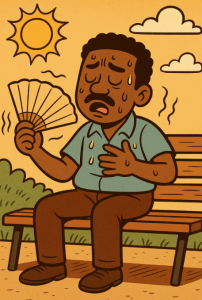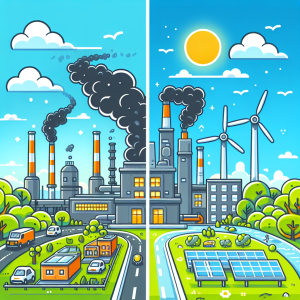
Only 2 in 10 Communities Are Prepared for Fire Smoke
It’s a dry spring morning in northern Australia. A nurse in a small rural clinic notices an increase in patients presenting with wheezing, shortness of breath, and chest pain. The nearest bushfire is hundreds of kilometers away, yet the smoke has settled thick over town. What feels like just another smoky day has life-and-death consequences.
Why This Study Matters Now
A new nationwide study in The Lancet Planetary Health mapped the relationship between air pollution from landscape fires (including wildfires and planned burns) and deaths across 2,288 Australian communities. Researchers found that between 2016 and 2019, smoke from these fires contributed to 22,809 deaths, with an estimated economic cost of AU$138 billion.
The findings don’t just highlight an environmental hazard—they expose sharp inequities in who is most at risk. Communities with higher proportions of Indigenous residents, lower incomes, and rural locations carried the heaviest burdens.
As extreme heat and drought intensify due to climate change, this study serves as a wake-up call for public health leaders worldwide.
The Problem: Fire Smoke Travels Far and Kills Quietly
Landscape fires produce tiny particles (PM2.5) and ozone that lodge deep in lungs and trigger heart, lung, and systemic problems. Even communities far from the flames face risks.
The study found:
- 22,809 deaths in just four years linked to air pollution from fires.
- Northern Territory communities had the highest excess mortality rates (about 34 deaths per 100,000 people per year).
- South Australia had the lowest (about 12 deaths per 100,000).
- Deaths were more likely in communities with more Indigenous residents, lower socioeconomic status, and rural settings.
The risks were especially strong for respiratory deaths, but cardiovascular and cancer deaths were also elevated.
Evidence Meets Practice: What This Means for Public Health
1. Equity Must Be Front and Center
The evidence is clear: disadvantaged and Indigenous communities suffer disproportionate harms. Any public health planning must integrate equity frameworks. This means ensuring targeted smoke alerts, culturally appropriate health messaging, and resource distribution that prioritizes high-risk areas.
2. Prevention Isn’t Just About Fires—it’s About Air
Traditionally, fire preparedness focused on evacuation and firefighting. However, this research reveals that the larger, often invisible burden is air quality. Programs that focus solely on fire containment miss the downstream health impacts.
3. Health Systems Need Flexible Surge Plans
Hospitals and clinics must plan for increased respiratory and cardiovascular cases during fire seasons—similar to how they plan for flu surges. This includes stockpiling supplies, ensuring telehealth access for rural patients, and training staff to recognize symptoms related to smoke exposure.
Contrast: What We Thought vs. What We Know
We thought the main health risk of wildfires was burn injuries or property damage.
But the evidence shows the greater killer is smoke—causing deaths even hundreds of kilometers away, long after fires are out.
Barriers and Challenges
- Political: Fire management is often debated at the state and federal levels, slowing coordinated response.
- Financial: Air monitoring and health system readiness require upfront investment.
- Systemic: Rural and Indigenous communities face long-standing barriers to healthcare access, compounding risks.
What’s Next: Turning Evidence into Action
- Policy adoption: Incorporate smoke-related health risks into climate adaptation and disaster preparedness frameworks.
- Resource allocation: Utilize mortality maps, such as those produced in the study, to direct funding to areas with the highest mortality rates.
- Community Engagement: Collaborate directly with Indigenous leaders and rural organizations to co-design effective solutions.
As climate change lengthens fire seasons globally, these lessons are not just for Australia. The U.S., Canada, and southern Europe face similar threats.
Join the Conversation
- How could your agency prepare for the hidden health risks of fire smoke?
- What equity strategies could ensure Indigenous and rural voices lead in decision-making?
- Does this research change how you think about disaster planning—less about flames, more about smoke?



